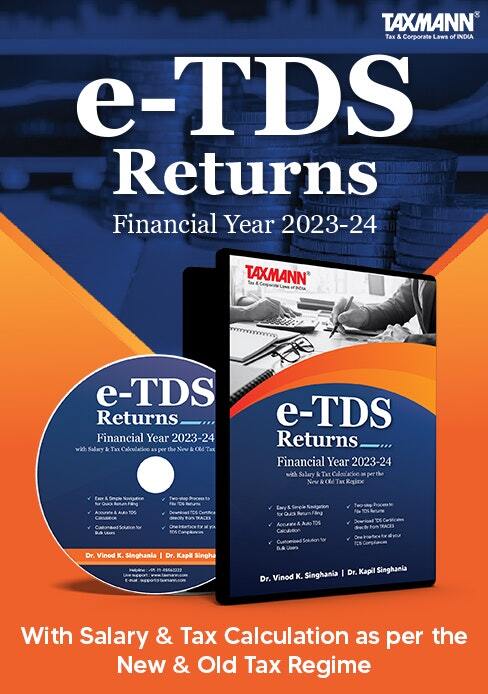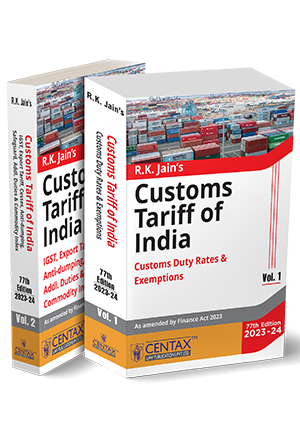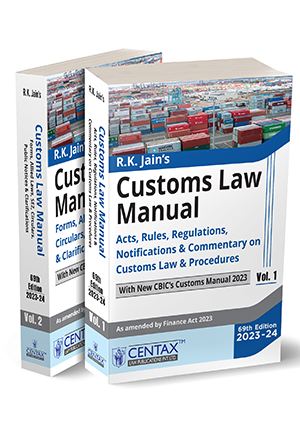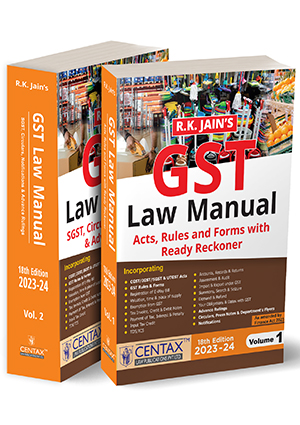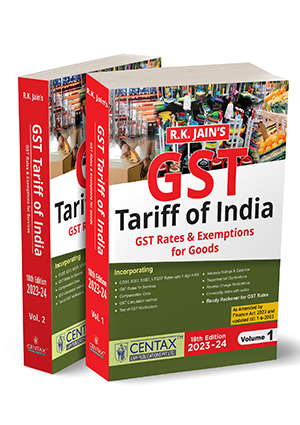Tax Audit | Detailed Analysis of Clause 35 to Clause 38 | As per the Guidance Note issued by the ICAI
- Blog|Tax Audit Week|Account & Audit|
- 6 Min Read
- By Taxmann
- |
- Last Updated on 22 September, 2023

Income-tax law requires the assessee to get his books of accounts audited in pursuance of the requirement under Section 44AB of The Income Tax Act, 1961. The Chartered Accountant conducting the tax audit is required to give his findings, observations, etc., in the form of an audit report at the e-filing portal of Income-tax in Form No. 3CA/3CB and 3CD. In this story, we would discuss the reporting requirement of clauses 35 to 38, which are contained in Part B of Form 3CD.
1. Clause 35(a)
In the case of a trading concern, give quantitative details of principal items of goods traded:
(i) opening stock;
(ii) purchases during the previous year;
(iii) sales during the previous year;
(iv) closing stock;
(v) shortage/excess, if any
The quantitative detail of principal items of raw material and finished goods is only required for reporting under this clause. Therefore, information related to petty items need not be given.
For reporting under this clause, the tax auditor is required to obtain certificates from the assessee in respect of the principal items of goods traded, the balance of the opening stock, purchases, sales and closing stock, the extent of shortage/excess/damage, and the reasons thereof.
The tax auditor should also verify the details as per stock statements submitted to the bank and ascertain the reasons for variation if any. Also, an auditor should attend the physical stock verification conducted by the management if the inventories are material unless such attendance is impracticable.
In case of a large concern, the tax auditor may verify the figures on a sample basis.
Note: Principal items mean those items which constitute more than 10% of the aggregate value of purchase, consumption or turnover.
2. Clause 35(b)
In the case of a manufacturing concern, give quantitative details of the principal items of raw materials, finished products, and by-products:
1. Raw Materials:
(i) opening stock;
(ii) purchases during the previous year;
(iii) consumption during the previous year;
(iv) sales during the previous year;
(v) closing stock;
(vi) yield of finished products;
(vii) percentage of yield;
(viii) shortage/excess, if any.
2. Finished products/by-products:
(i) opening stock;
(ii) purchases during the previous year;
(iii) quantity manufactured during the previous year;
(iv) sales during the previous year;
(v) closing stock;
(vi) shortage/excess, if any.
In this clause, the tax auditor is required to check the details of purchase, consumption and production of principal items of raw materials and finished goods including by-products during the year and should report only in respect of those items where it is practicable to do so, having regard to the records maintained by the Assessee.
Where the assessee has not maintained any record for stock and has compiled the information from the books of account, the fact for the same shall be disclosed. Further, where the assessee has not maintained the stock register, then an auditor shall qualify the report. However, if the assessee has maintained the stock register, then an auditor shall:
- cross check the details of opening stock with the details of closing stock disclosed in the preceding previous year and also match the same details with the audit report of the preceding previous year.
- ascertain the figures as to purchase, the sale during the year and also the closing stock at the year-end.
Also, the tax auditor shall obtain a schedule from the assessee indicating the opening stock, purchases during the year, sales during the year, and closing stock and ascertain the shortage/excess, if any.
The tax auditor shall obtain a copy of stock statements given to bankers and management representation in respect of this clause.
3. Clause 36
Omitted by the income tax rules 2021 w.e.f. 1.04.2021
4. Clause 36A
- Whether the assessee has received any amount in the nature of dividends as referred to in sub-Clause (e) of clause (22) of section 2? (Yes/No)
- If yes, please furnish the following details:
- Amount received (in Rs.):
- Date of receipt: [Clause 36A(a) and (b)]
In this clause, the auditor shall report details regarding the amount, if any, received by an assessee is in the nature of dividends as referred to in sub-Clause (e) of clause (22) of section 2 of Income tax Act, 1961.
For this, the auditor should obtain from the assessee the following documents:
- A list of all loans/advances received during the year by the assessee from closely held company in which he is a beneficial owner of shares carrying not less than 10% voting power.
- A certificate that contains a list of closely held companies in which he is the beneficial owner of shares carrying not less than 10% of the voting power and a list of concerns in which he has a substantial interest.
- Financial statements of the closely held company to ascertain accumulated profits.
Where, due to insufficient information or document of the closely held company making payment, the auditor is not able to calculate the amount of accumulated profit of such closely held company, in such a case the auditor should include appropriate remarks in clause (3) of Form No. 3CA or clause (5) of Form 3CB.
As per section 2(22)(e) of the Income Tax Act deemed dividends are loans or advances or payments by a closely held company to the following personnel:
- A shareholder who is the registered/beneficial owner of shares, and holds a minimum of 10% of the voting rights.
- Any concern in which such shareholder is a member or partner holding (individually i.e., not along with his/her relatives) a substantial interest i.e., 20% or more.
- On behalf, or for the individual benefit of such shareholder, to the extent specified by law.
- loans provided by a subsidiary company to a holding company would be included under the purview of this section.
The loans or advances or payments by a closely held company shall be considered as a dividend only to the extent of accumulated profits of the company on the date of giving loan/advance (where earlier any amount has been taxed under any of the clauses of section 2(22) including clause (e), then the accumulated profits will be reduced by the amount so taxed).
The loans or advances so extended by the company must not be in the ordinary course of business.
As per some cases, the following are not included in deemed dividend
- trade advances in the nature of commercial transactions
- inter-corporate deposits are not loans
- loan due to commercial expediency
- CBDT Circular No. 19/2017 (F.No.279IMisc.l140/2015I1TJ) dated 12 June 2017 based on case entered into between the assessee and the company Brahmand System Private Limited.
5. Clause 37
Whether any cost audit was carried out, if yes, give the details, if any, of disqualification or disagreement on any matter/item/value/quantity as may be reported/identified by the cost auditor.
This clause requires disclosure of any disqualification or disagreement on any matter/item/value/quantity as may be reported/identified by the cost auditor if cost audit was carried out.
The Auditor shall not report on the applicability even if not carried out cost audit when applicable, but if cost audit is carried, he should obtain from management copy of cost audit report for the relevant previous year and refer to the details of disqualification or disagreement on any matter/item/value/quantity as may be reported/identified by the cost auditor.
Also, he should refer to the report of the statutory auditor on CARO on the maintenance of cost records by the company.
Where the cost audit is not completed, the auditor shall state in his report that the cost audit is not completed and the cost audit report is not available with the assessee.
6. Clause 38
Whether any audit was conducted under the Central Excise Act, 1944, if yes, give the details, if any, of disqualification or disagreement on any matter/item/value/quantity as may be reported/identified by the auditor.
This clause requires disclosure of any disqualification or disagreement on any matter/item/value/quantity as may be reported/identified by the excise auditor if excise audit under the Central Excise Act, 1944 was carried out.
The Auditor shall not report on the applicability even if not carried out excise audit when applicable, but if excise audit is carried, he should ask from management details of excise audit conducted during the year and refer to the details of disqualification or disagreement on any matter/item/value/quantity as may be reported/identified by the auditor.
This clause applies only to assessees who are manufacturers and are Central Excise assessees. This clause has become practically redundant after the introduction of GST in 2017. Central Excise Act, 1944 is now only applicable to petroleum products.
Dive Deeper:
Detailed Analysis of Clause 9 to 12
Detailed Analysis of Clause 13 and Clause 14
Detailed Analysis of Clause 15 and Clause 16
Detailed Analysis of Clause 17 to Clause 19
Detailed Analysis of Clause 20 and Clause 21
Detailed Analysis of Clause 22 to Clause 25
Detailed Analysis of Clause 26 to Clause 29
Detailed Analysis of Clause 30 to Clause 30C
Detailed Analysis of Clause 31
Detailed Analysis of Clause 32 to Clause 34
Detailed Analysis of Clause 39 to Clause 41
Detailed Analysis of Clause 42 and Clause 43
Disclaimer: The content/information published on the website is only for general information of the user and shall not be construed as legal advice. While the Taxmann has exercised reasonable efforts to ensure the veracity of information/content published, Taxmann shall be under no liability in any manner whatsoever for incorrect information, if any.
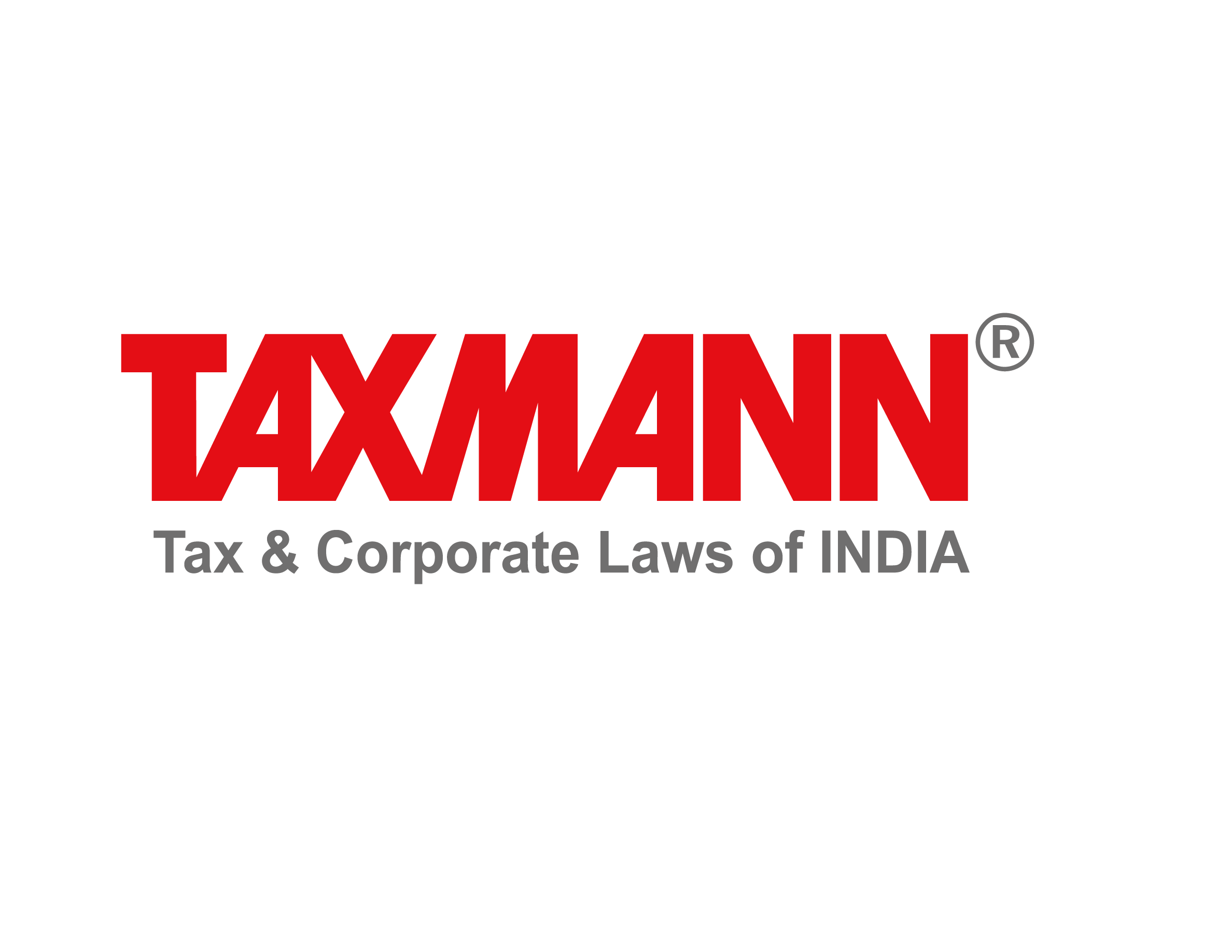
Taxmann Publications has a dedicated in-house Research & Editorial Team. This team consists of a team of Chartered Accountants, Company Secretaries, and Lawyers. This team works under the guidance and supervision of editor-in-chief Mr Rakesh Bhargava.
The Research and Editorial Team is responsible for developing reliable and accurate content for the readers. The team follows the six-sigma approach to achieve the benchmark of zero error in its publications and research platforms. The team ensures that the following publication guidelines are thoroughly followed while developing the content:
- The statutory material is obtained only from the authorized and reliable sources
- All the latest developments in the judicial and legislative fields are covered
- Prepare the analytical write-ups on current, controversial, and important issues to help the readers to understand the concept and its implications
- Every content published by Taxmann is complete, accurate and lucid
- All evidence-based statements are supported with proper reference to Section, Circular No., Notification No. or citations
- The golden rules of grammar, style and consistency are thoroughly followed
- Font and size that’s easy to read and remain consistent across all imprint and digital publications are applied
